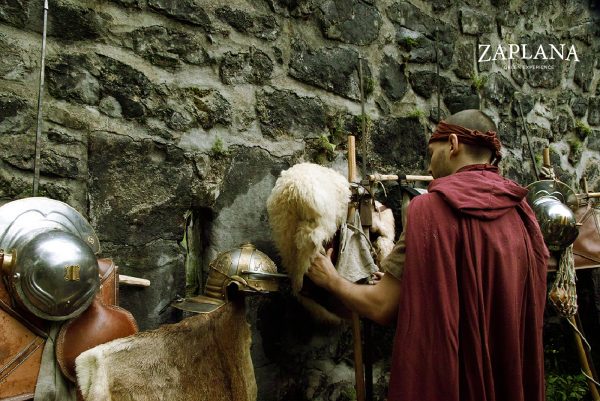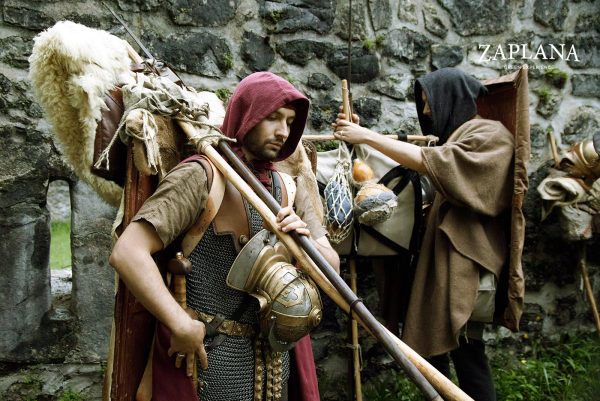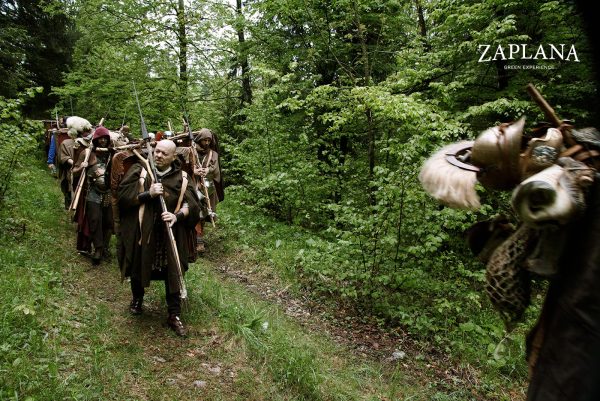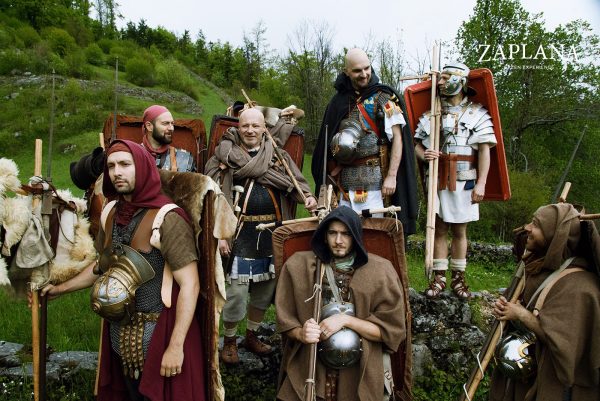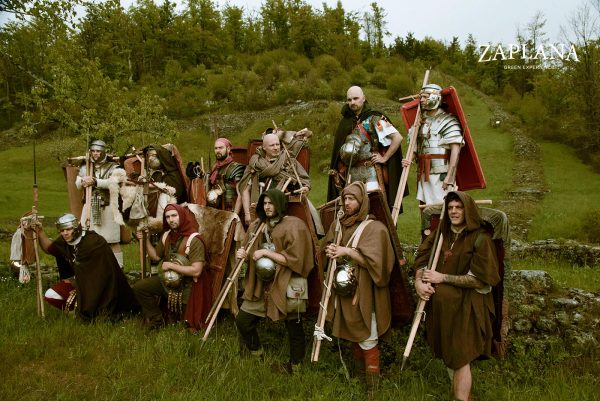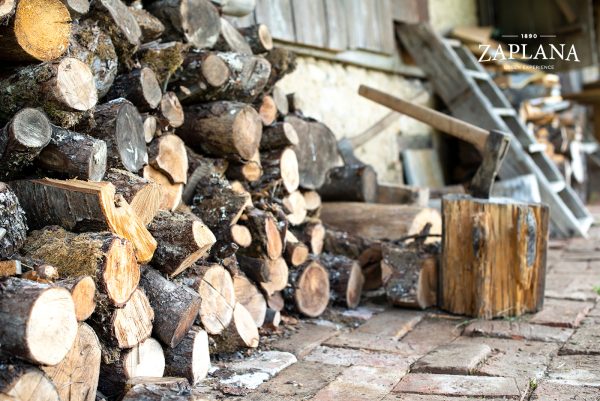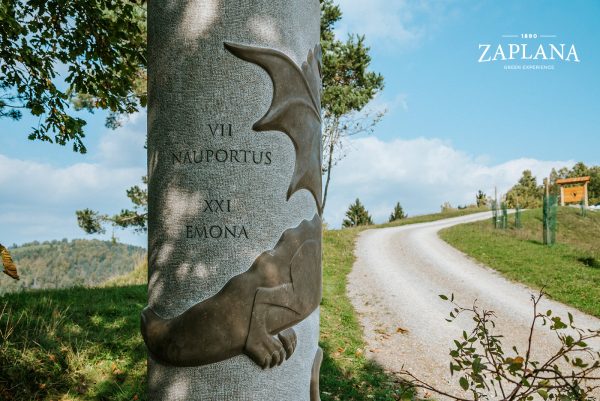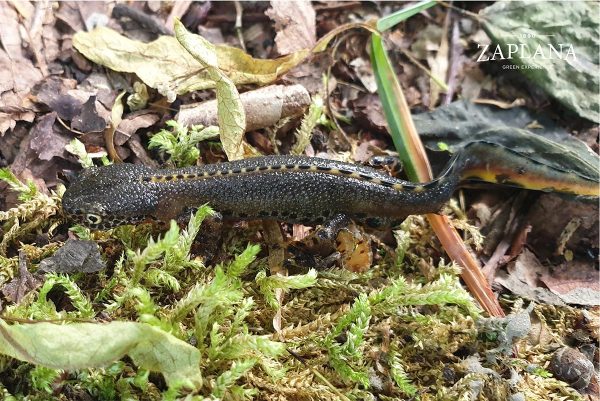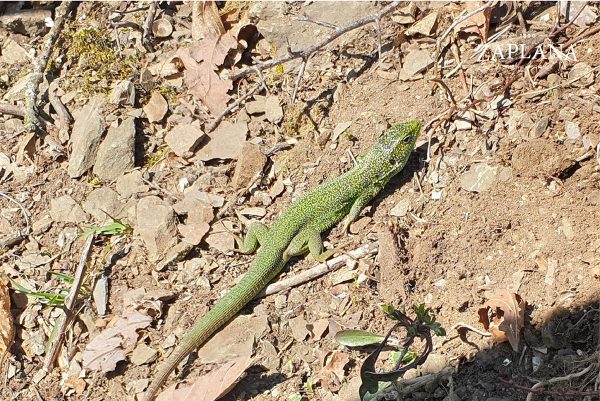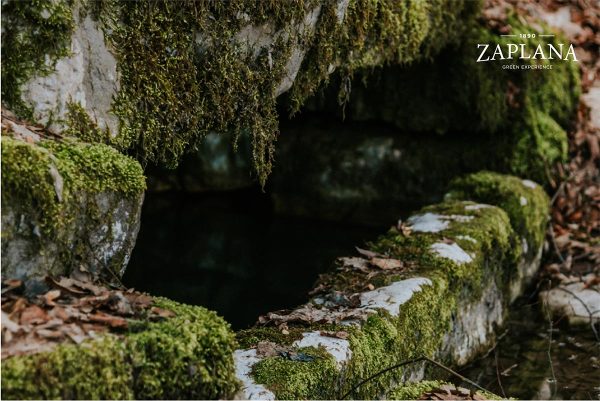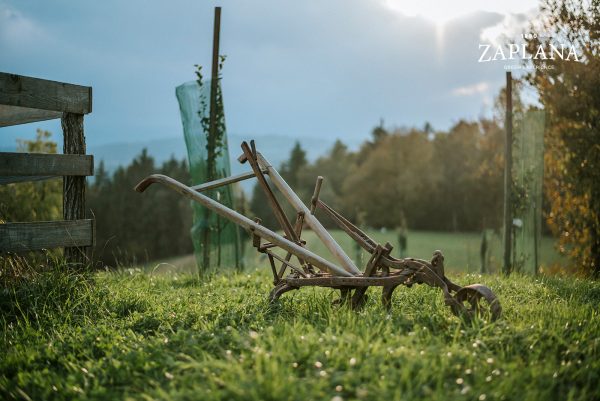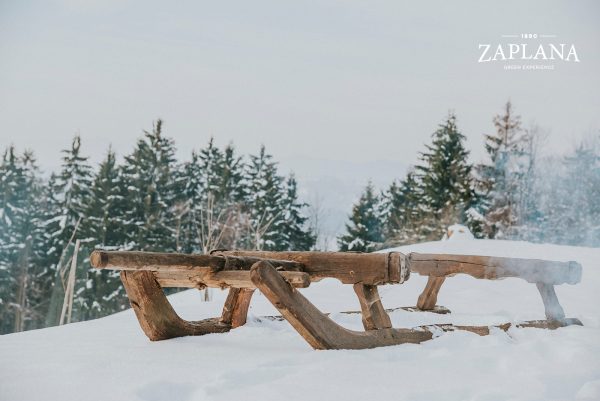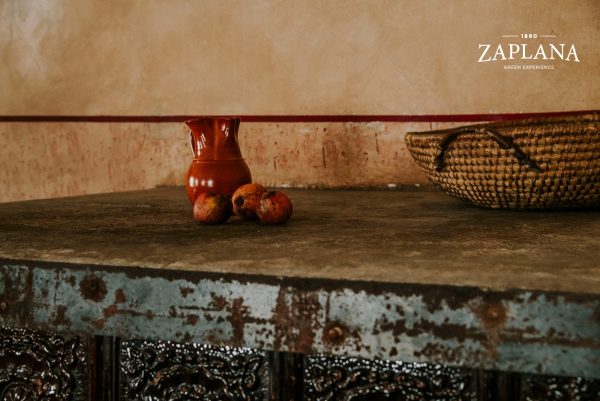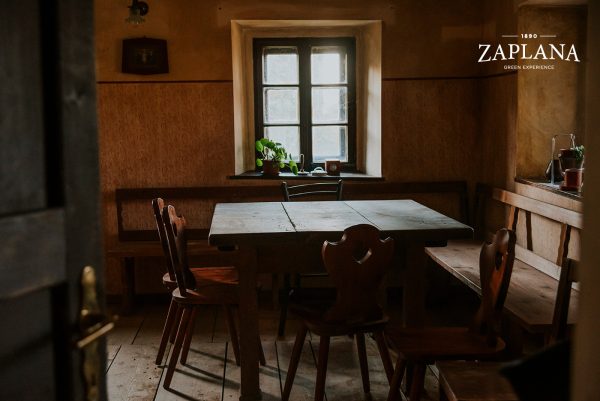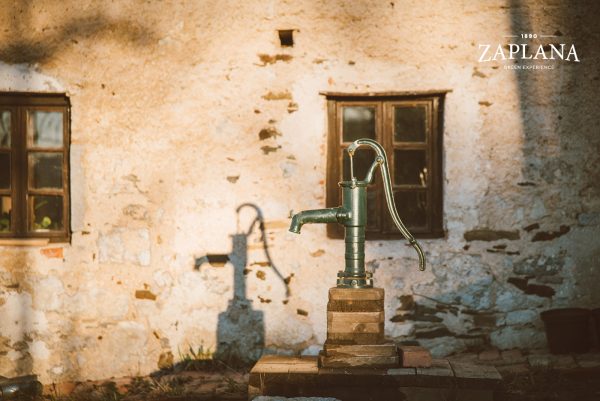Zaplana is famous for the famous Roman wall Claustra Alpium Iuliarum, Napoleon travelled through Zaplana, Rupnik’s line passed through Zaplana, and last but not least – it is the land of baby dragons.
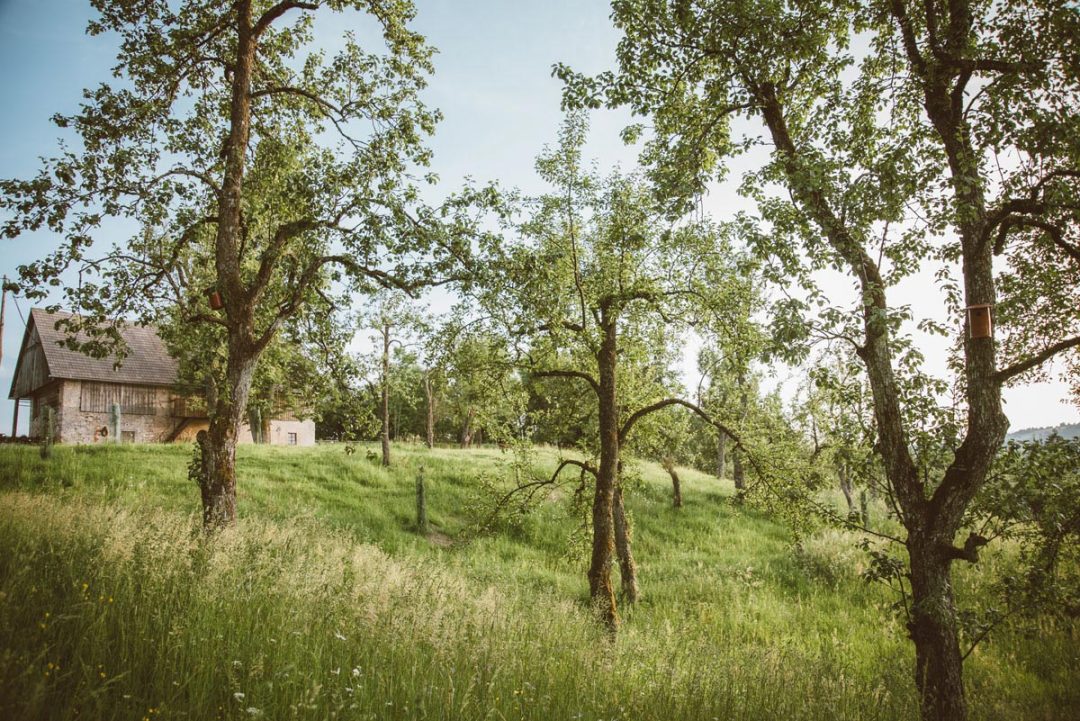
1890
In Slovenian history, the year 1890 marks the economic crisis, the emigration of Slovenians to America, the rise of national consciousness, the beginning of Slovenian Impressionism, etc. In the fruit sector, a selection of fruit tree varieties adapted for planting in specific areas was adopted by experts at the Graz Fruit Show. They recommended the creation of grassland orchards – planting fruit trees among fields, on marginal farmland, meadows, pastures and near farmsteads. Such meadows provided food for the farm, while contributing to the aesthetic appearance of the cultural landscape and the ecological balance that still characterises the Zaplana destination today.
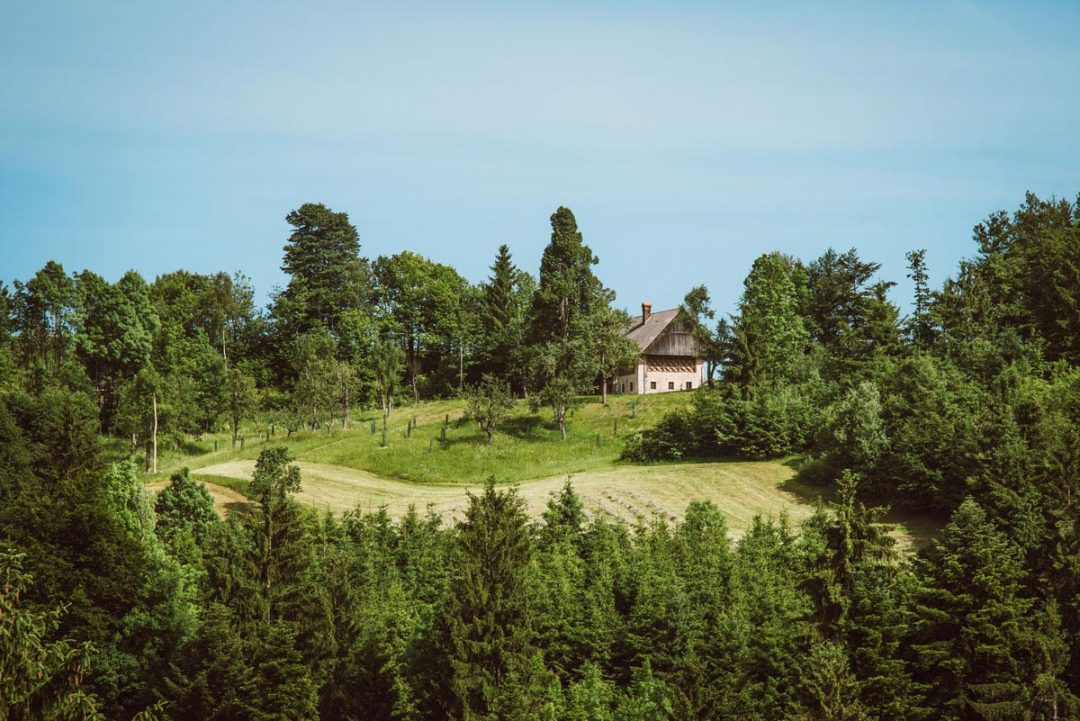
First plantings in Zaplana
The first planting of old and traditional varieties of fruit trees in Zaplana was carried out by Janez Križaj, who, after returning from America, bought the Zaplana estate from the first owner, the above-mentioned Marinč. It is after him that the location is still named today – Maričev Grič. Janez Križaj has designed the space so that even today the hill farm is characterised mainly by meadow orchards of traditional and old Slovenian fruit tree varieties, a well-thought-out system of paths and two mighty lime trees.
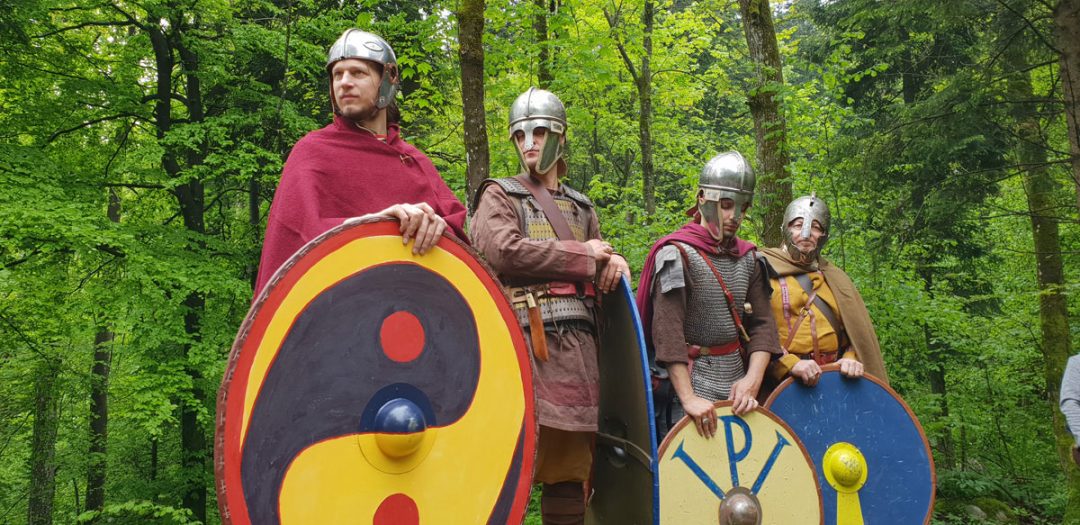
Finds from different periods
Zaplana has been inhabited since prehistoric times, as evidenced by the various finds in the area. Remains of the Late Antique defensive wall of Claustra Alpium Luliarum have been found here, as well as various small Roman finds in the wider area, such as a Roman lock, an iron chain, pieces of iron and several Roman coins.
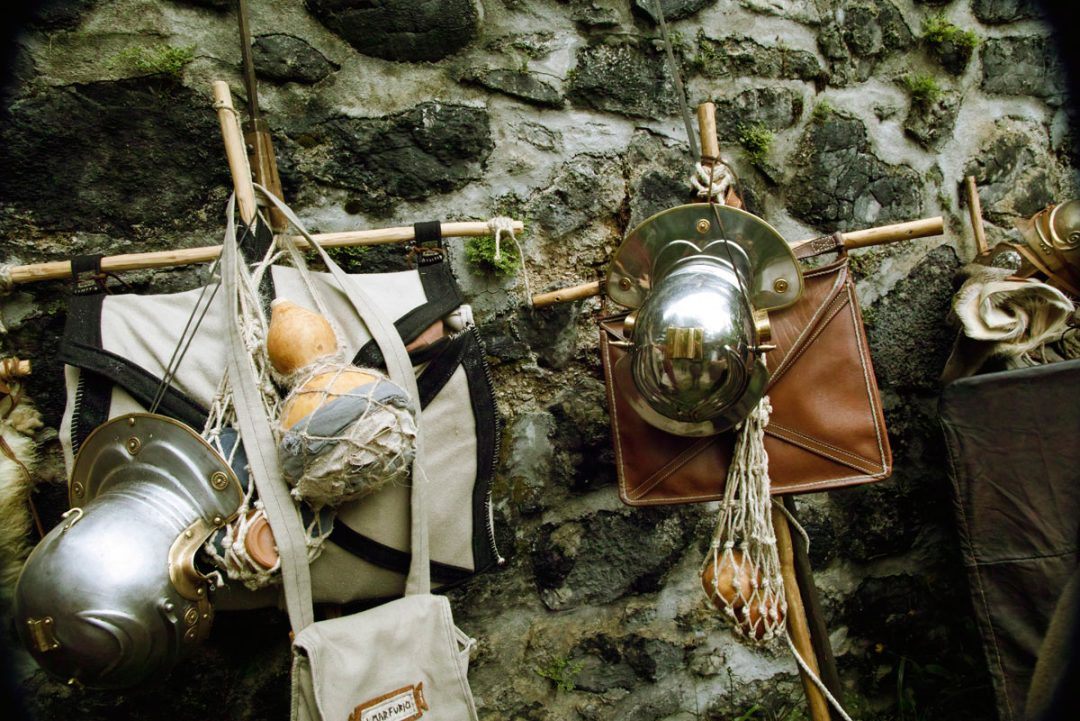
Historic routes
The Plateau has always been a strategically important area, providing a gateway from the east to the Apennine Peninsula and on to Italy. Already in Roman times, the towns of Emona (Ljubljana), Nauportus (Vrhnika) and Logatikum (Logatec) were founded along this route. Napoleon walked along this route on his conquests, and the Napoleon’s Alley is still preserved along the road from Logatec to Vrhnika. It was the main route between Vienna and Trieste, where the main transport and trade routes were historically located. From the 15th century until the early 20th century, it was the main route for fur traders and smugglers.
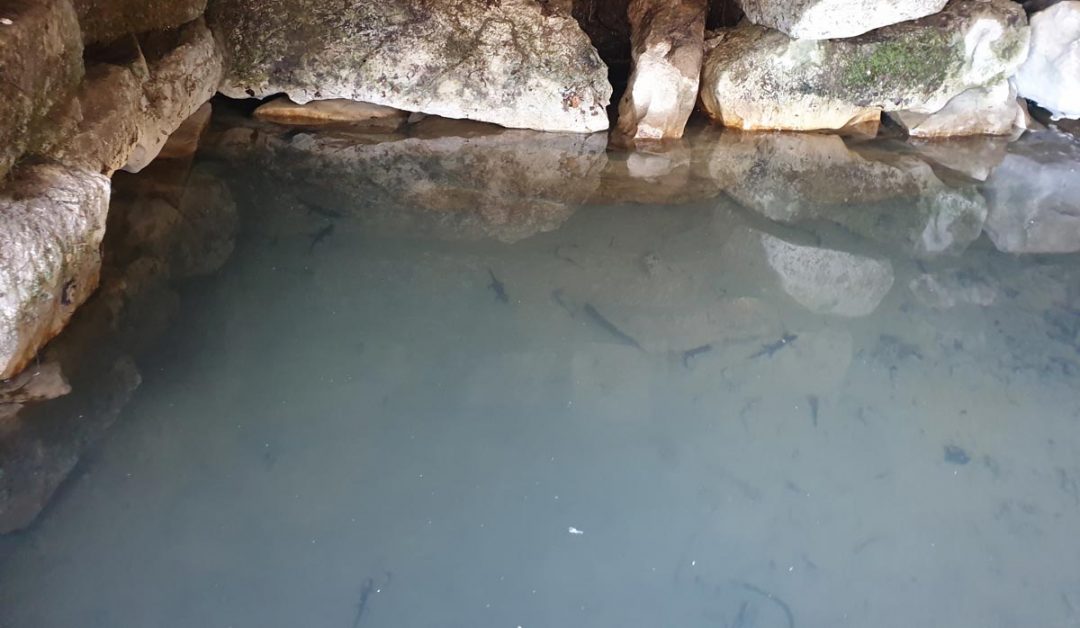
Land of the Dragons
There are many legends about dragons living around Slovenia. They caused inconvenience to people, such as earthquakes and floods, and were often killed. The dragon is known in Ljubljana, in the Julian Alps, near Kamnik, in the Matkov corner, and there was also a terrible dragon in the Postojna Cave.
The winged creature that spewed fire was not only terrifying, but also greedy and violent. Dragon offspring are considered to be fiery animals, born of fire, but they are also sensitive and gentle animals that usually hide from strong light; hidden from many eyes. The spirit of the dragons still lives in Zaplana today, as you may be able to see the dragon’s babies in the nearby ancient spring. Today, baby dragons are also called human fish.
The benches at Zaplana are shaped like the silhouettes of baby dragons, and when you sit down on a nearby bench, think of baby dragons and listen to the ancient tales of dragons.
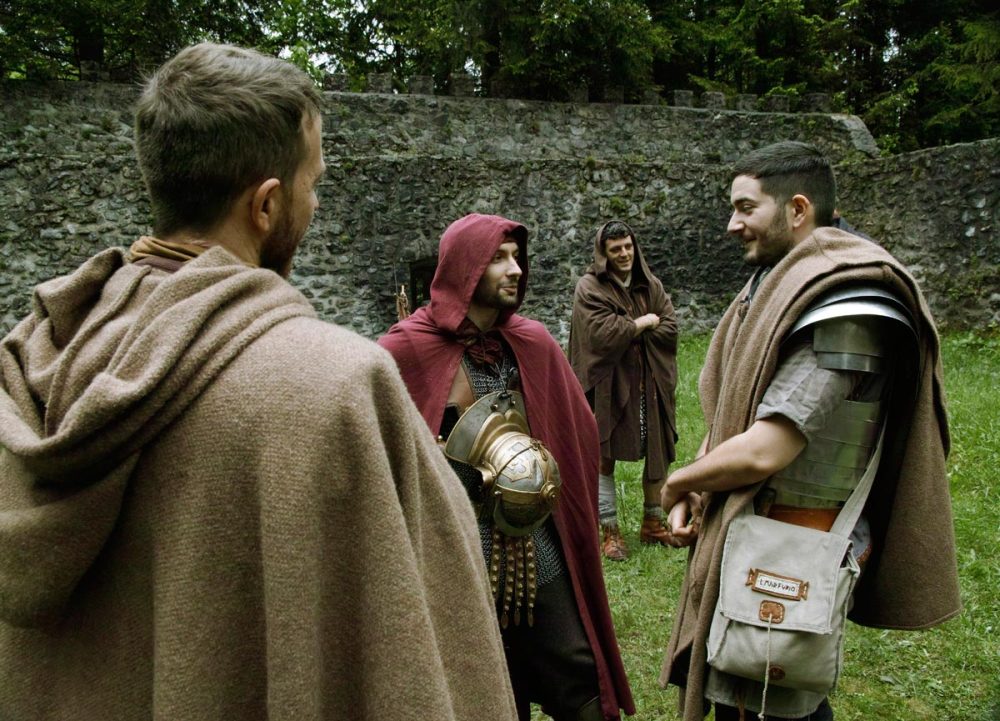
Ajdov Wall
The Ajdov Wail (Ajdov Wall), which measures over 7700 m and has at least 35 defensive towers, runs through the Plana Hills. This is the longest section in the Claustra Alpium Iuliarum system. The Claustra Alpinum Iuliarum is a late 3rd-century Roman prison system consisting of several sections of stone walls, towers and fortresses. Military strategists may have wanted to protect the strategically important gateway to ancient Italy, so they built the so-called Illyrian-Italian Gate – the area between the Rijeka in the south and the Alps in the north. The Claustra Alpinum Iuliarum is probably the largest architectural feat of the Roman era in what is now Slovenia and ranks among the greatest ancient monuments in Europe. The Roman fort at Lanišće was a strong, carved-timber fortress with a permanent garrison, housed in wooden buildings within the walls.
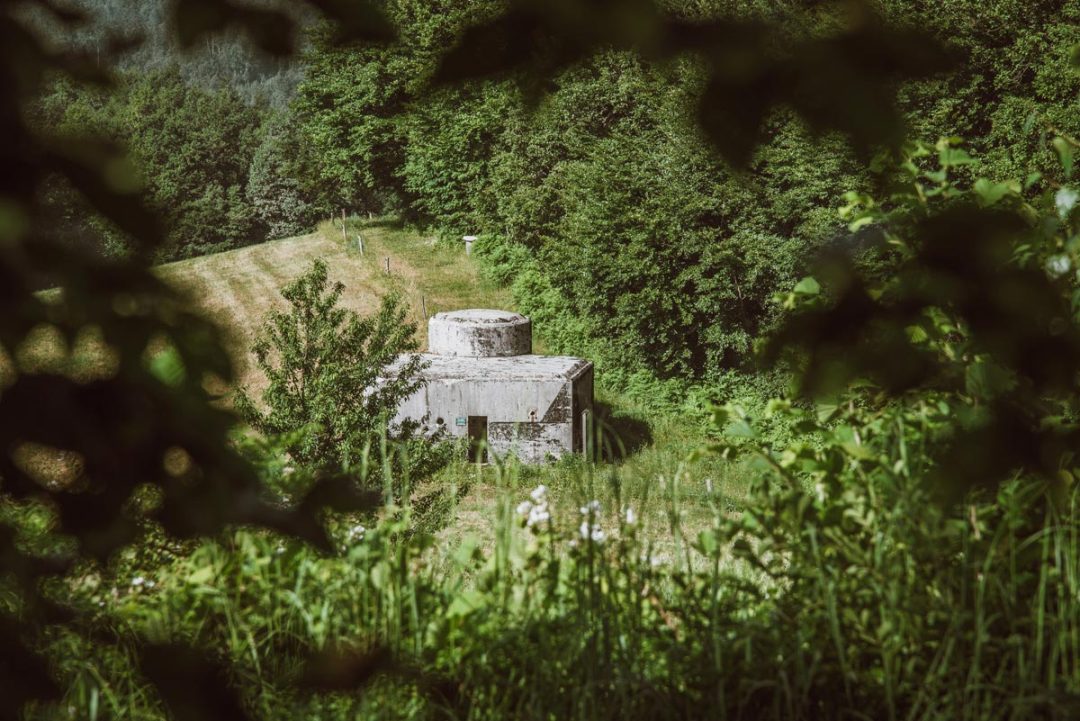
Rupnik line
The Rupnik Line is a system of fortifications (bunkers) built by the Kingdom of Yugoslavia on the territory of western Slovenia before the Second World War as a defence against Italian attack. It was named after the Yugoslav general of Slovenian origin Leon Rupnik. The defence line never served its purpose as it was abandoned before the Italian attack on Yugoslavia in the April War. Many bunkers can still be seen today in Zaplana and its surroundings.
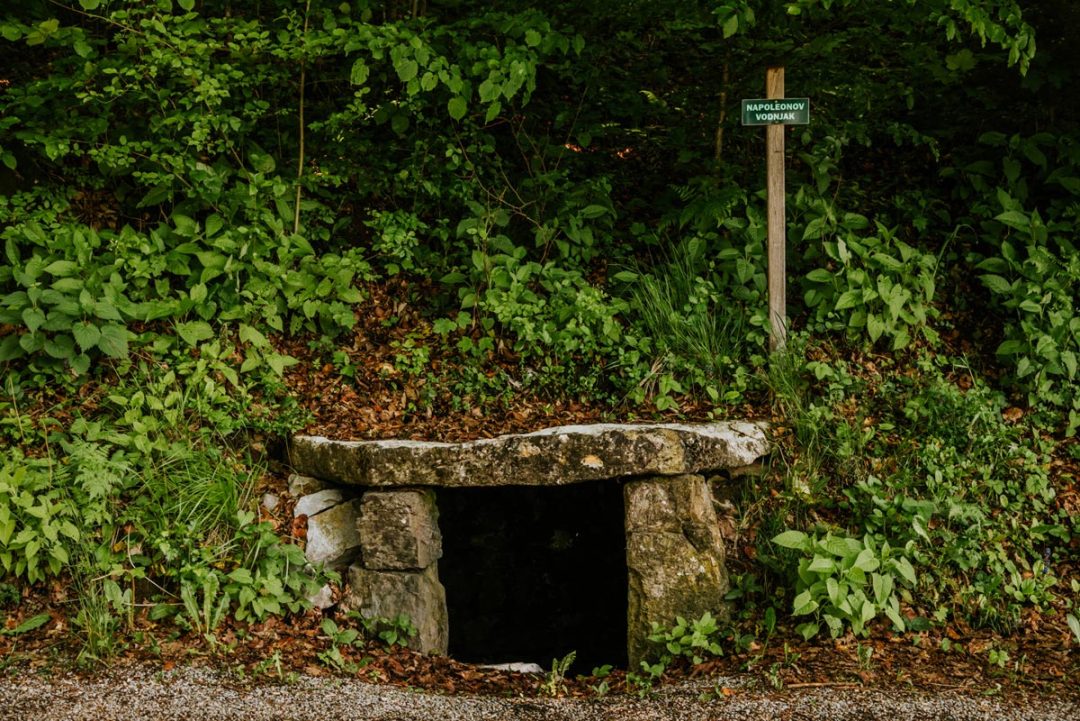
Napoleon's fountain
Zaplana has a thematic trail along the Rupnik Line, and you can even see the inside of some of the preserved bunkers. There are resting places with benches along the way, natural energy points to recharge your batteries and some natural features of the tree species. A Napoleonic fountain is also preserved along the route. The marked thematic trail starts at the Mesec Guesthouse in Zaplana. The trail is approximately 3 kilometres long and has an elevation gain of 120 metres. You will complete the route in about one and a half hours.
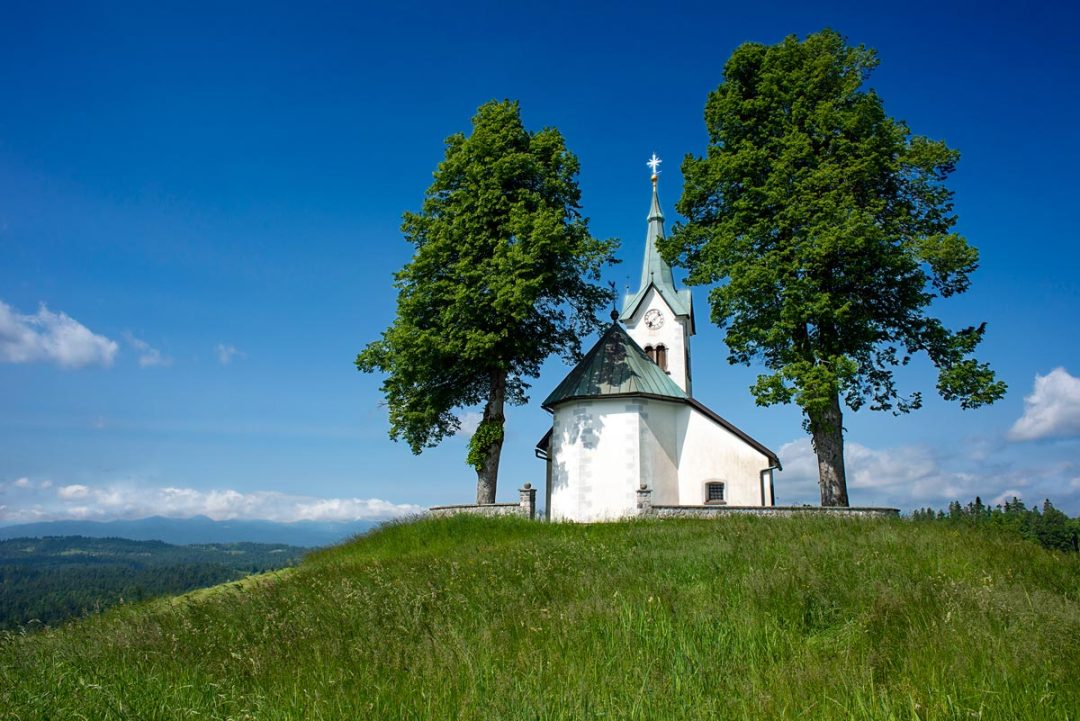
Energy Purification Point
In nature, we always encounter the principle of duality. So, as well as places that enrich us energetically, there are also places that cleanse (empty) our energy field. Such places were used by our distant ancestors. Before entering the energy field of the sanctuaries (circles, three-pointed shrines, etc. ), they first did a physical cleansing in the water. This was followed by an energetic cleansing, where at a specific point all negativity from the auric field was cleansed on a physical and mental level. Thus purified, they entered the energy of the sanctuary, where they were enriched with primordial energy. The same principle is also found in Christianity, where baptism cleanses us from original sin.
It is advisable to stand for about two minutes at the point, from which you can also see the Church of St Jerome.
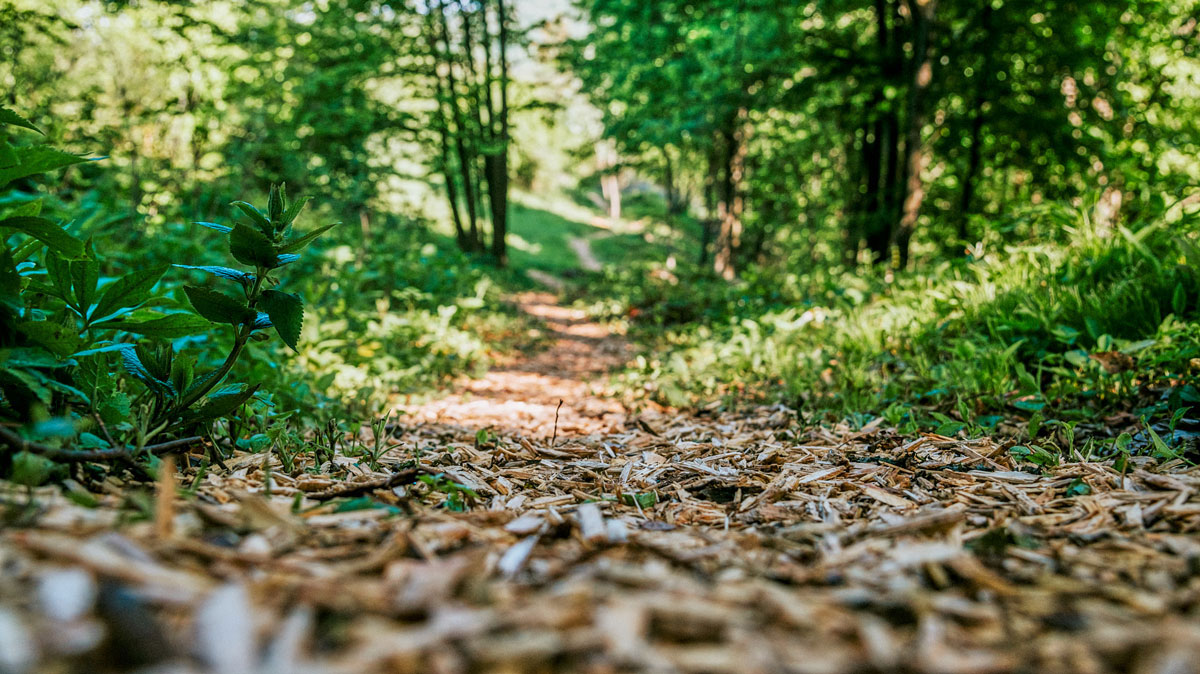
Wedding on Zaplana
Have you ever thought of getting married in the middle of green nature, under a mighty linden tree, accompanied by birdsong? And then a picnic to remember. Come to Zaplana above Ljubljana!
BOOK NOW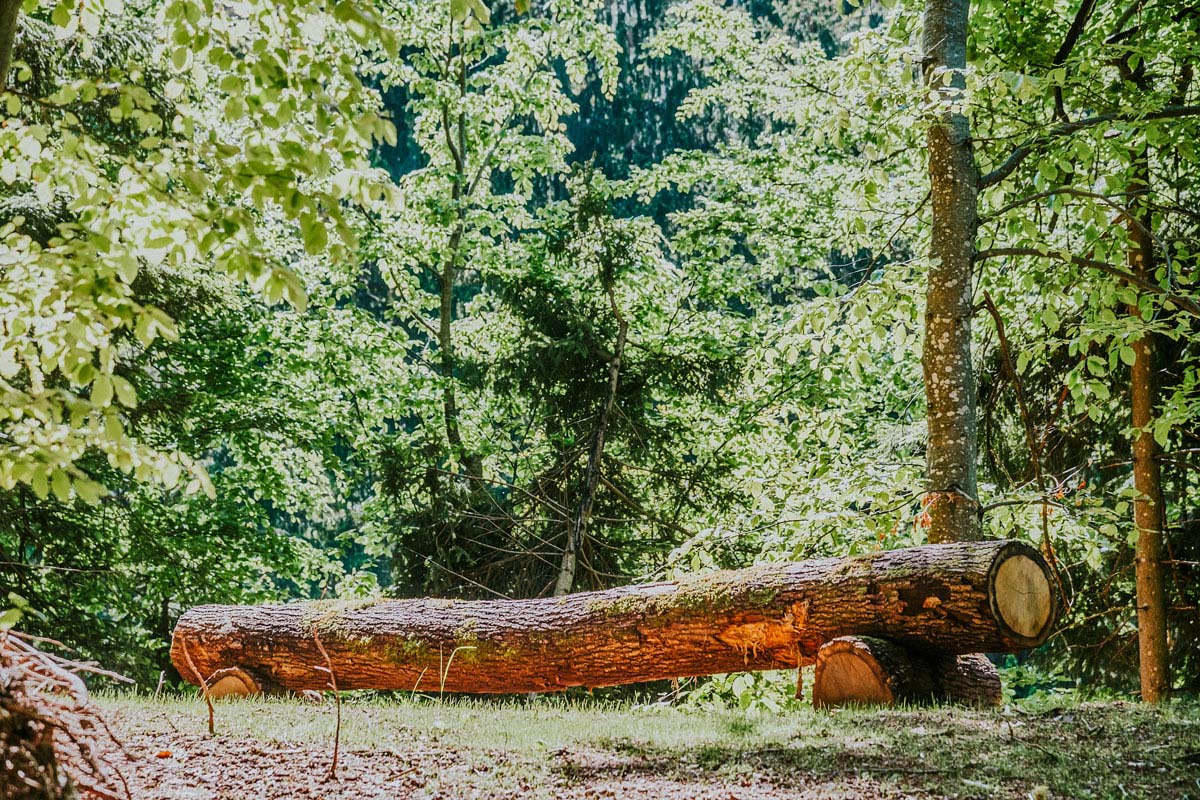
Filming and photography
The green landscape surrounded by mighty trees, flowering meadows, meadow orchards and shrubs, and endless paths is the ideal setting for filming and photography.
BOOK NOW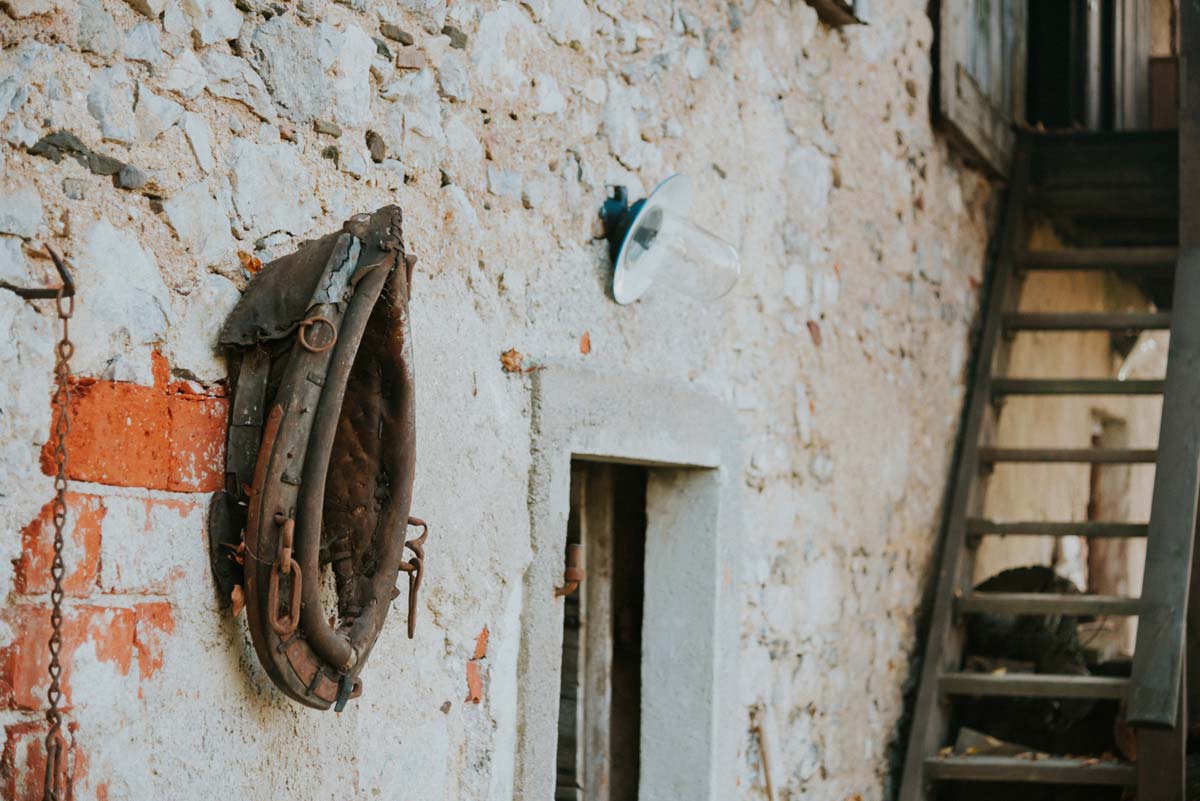
An unforgettable day
Special wishes and special events are always a challenge. At Zaplana, there are many possibilities for various activities, culinary experiences, self-indulgence, children’s games and other.
BOOK NOW
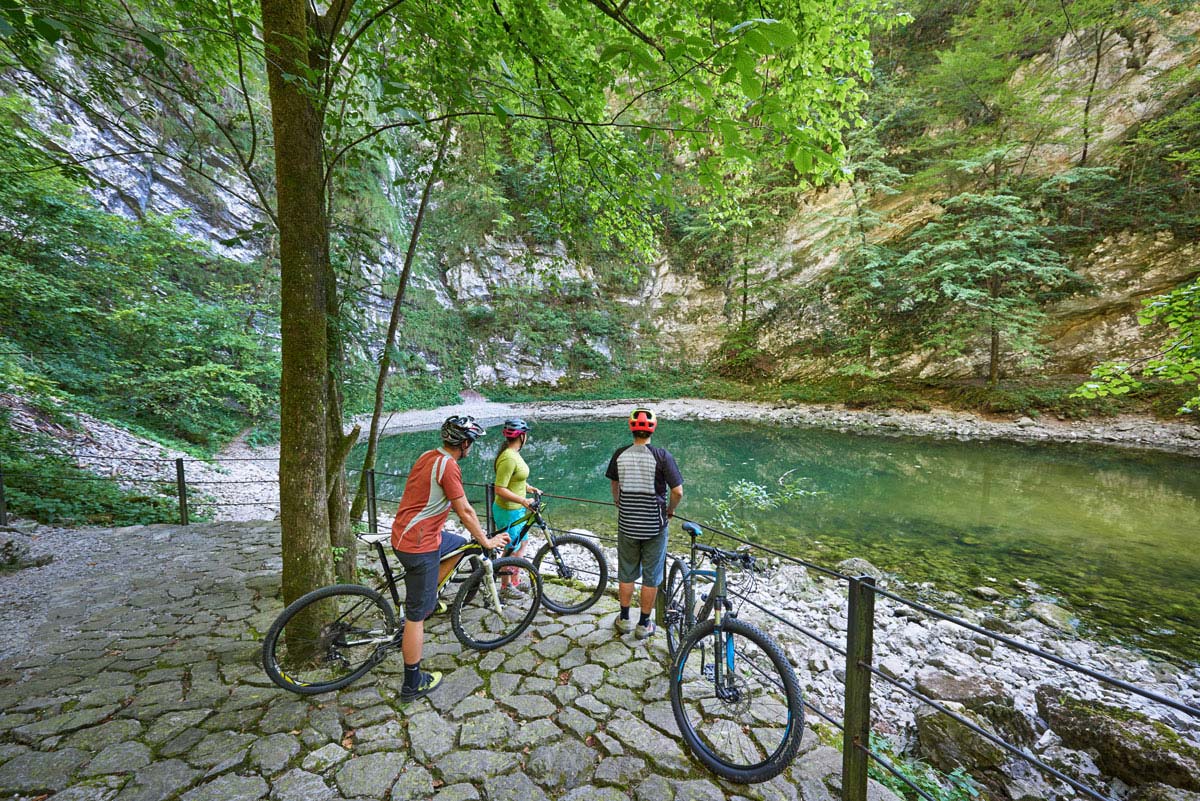
Wild Lake
The mysterious karstic Wild Lake nearby Idrija belongs among the pearls of the Slovenian natural heritage.
MORE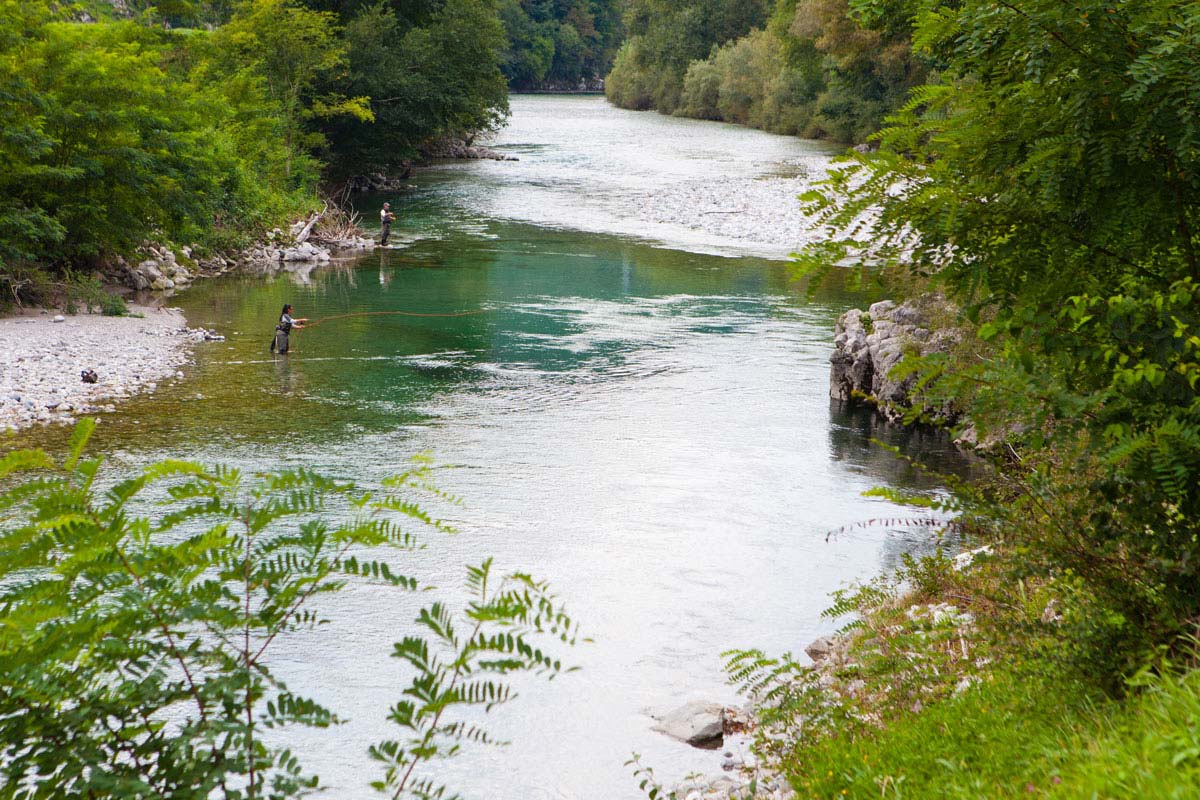
Fishing in Karst waters
Have you ever fished in a sinking river or in an intermittent lake?
MORE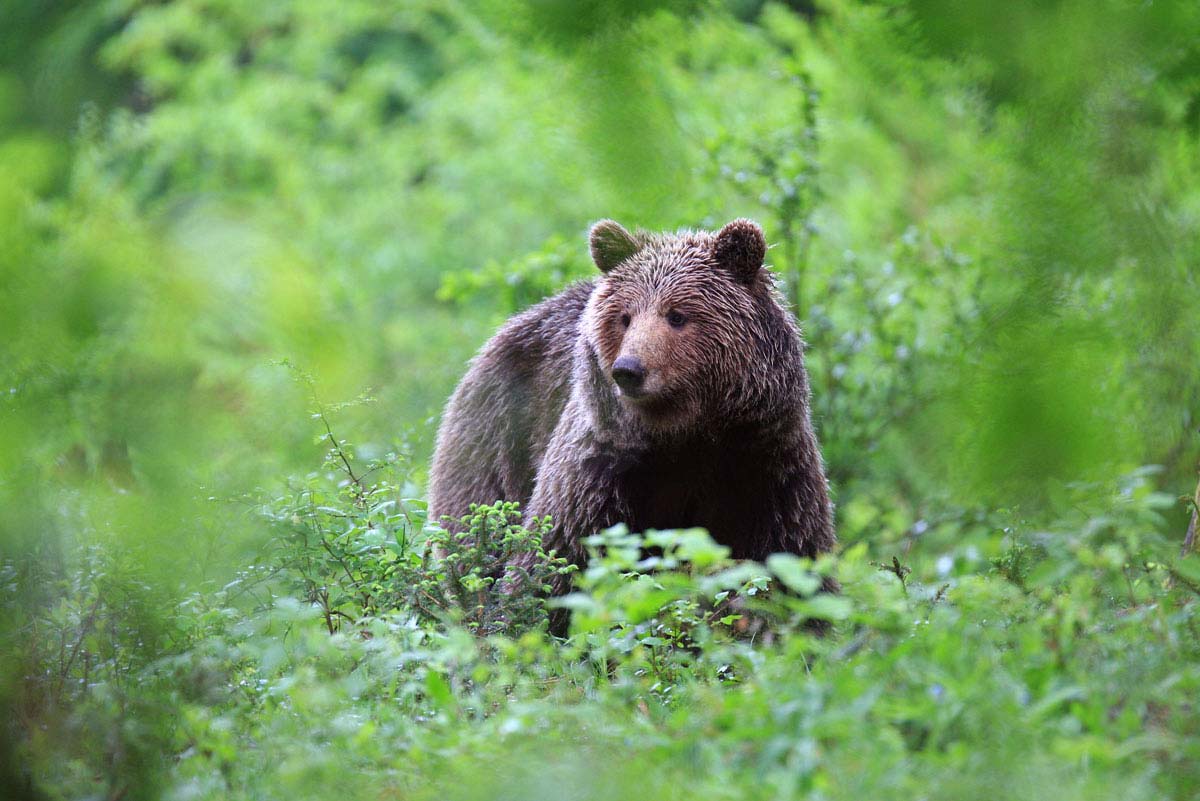
Bear watching
Experienced guides take you on a safe adventure of observing the brown bear (Ursus arctos) in its natural environment – the forest.
MORE
